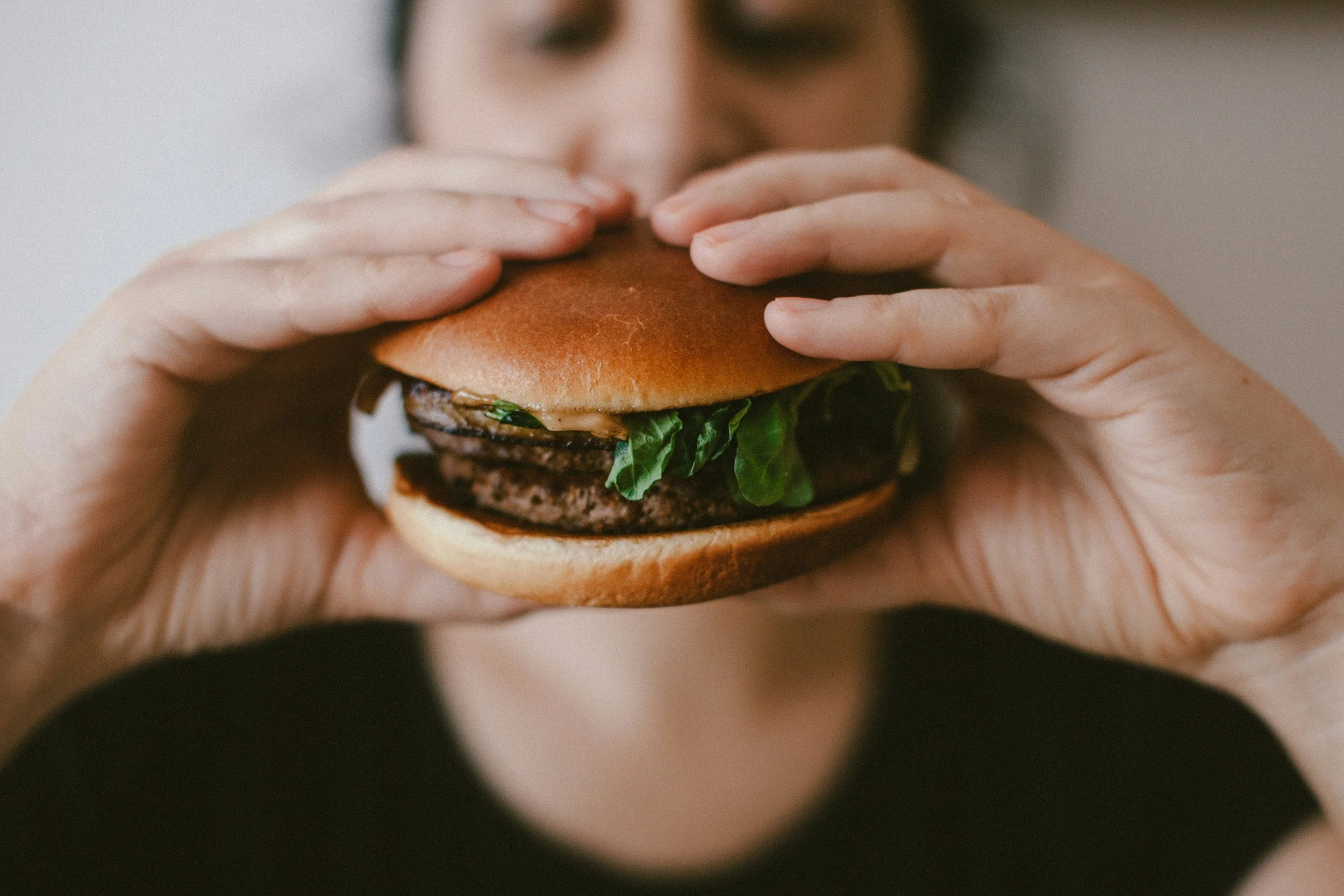Is It Hunger, Habit, or Something Else? How to Decode Your Cravings
You walk into the kitchen and open the fridge… again.
You’re not even sure what you’re looking for. Something crunchy? Salty? Sweet? Something to do with your hands while you scroll?
You’re not starving. You just want something.
And then, of course, the guilt creeps in:
“Why can’t I stop snacking?”
“I was doing fine all day. What’s wrong with me?”
“I know better, but I still do it.”
Let’s slow that spiral way down.
Cravings are normal.
Snacking is not bad.
And you’re not broken, you’re just missing a few tools to understand what your body is actually asking for.
Why we crave when we’re not hungry
Cravings aren’t always about food. Sometimes they’re about fuel, sometimes they’re about emotion, and sometimes they’re just habit.
But they all feel like hunger in the moment. That’s what makes them tricky.
If your body is:
Under-fueled
Overstressed
Emotionally drained
Habitually triggered (think: TV + snack hand)
…it’s going to ask for relief.
That relief often looks like food, because food is accessible, familiar, comforting, and socially acceptable.
But when we learn to pause, tune in, and decode what’s underneath the craving, we can respond with intention, not guilt.
Real client moment: "I’m just not disciplined at night"
One of my clients came in frustrated that every night after dinner, she ended up back in the kitchen for snacks. She thought it was a willpower issue.
When we looked at her food log, she was barely eating 1,200 calories by dinner - and almost no carbs. Her body was starving for energy. Add in stress from work, screen time, and no wind-down routine? That “craving” wasn’t just emotional. It was physical and environmental.
Once we increased her protein and added carbs earlier in the day (yes, more food!), her evening cravings dropped dramatically. She didn’t stop snacking because she had more willpower - she stopped needing to snack in the first place.
So… what are you actually hungry for?
When a craving hits, try this simple check-in process:
Physical Hunger:
Am I lightheaded, low energy, or feeling it in my stomach?
Would I eat something boring (like an apple or eggs) right now?
Habitual Response:
Is this something I always do in this environment?
Am I reaching for food out of routine (like during Netflix or while working)?
Emotional Craving:
Am I bored, anxious, lonely, or overstimulated?
Do I want comfort, distraction, or dopamine?
There’s no judgment here, just information. The more you understand what’s driving the urge, the more clarity you’ll have to respond with care instead of control.
Tools to respond instead of react
Here’s where we shift from reactive eating to responsive choices.
It’s not about restriction, it’s about awareness and options.
If it’s physical hunger:
→ Eat. Build a balanced mini-meal with protein, fiber, and fat. Don’t just graze, fuel.
If it’s emotional hunger:
→ Try a 5-minute pause. Take a walk, stretch, write down what you’re feeling, or literally say out loud:
“Right now I’m feeling ____ and looking for ____.”
If it’s habitual:
→ Change the environment. Break the cue–routine–reward loop with a small shift (sit in a different spot, keep snacks out of sight, swap in tea or gum).
Action steps to build snack confidence (not chaos)
Front-load your fuel.
Most night cravings start with under-eating earlier. Don’t “save up” calories—spread them across the day.Build a balanced snack list.
Keep 2–3 go-to options ready that satisfy and stabilize blood sugar.
Ex: Greek yogurt + berries, turkey + hummus + crackers, cottage cheese + fruit.Create an emotional toolkit.
Keep a list of 5 non-food ways to regulate (call a friend, stretch, shower, light a candle, walk outside).Let some snacks just be snacks.
Not everything has to be a “why.” If you’re hungry and want something delicious—great. Eat it. Enjoy it. Move on.
P.S. Cravings aren’t bad. You’re not bad. You’re just learning how to listen better.
The goal isn’t to never snack again. The goal is to feel in charge of your choices—not controlled by them.
Want support decoding your cravings and building a nutrition routine that works with your life—not against it?

